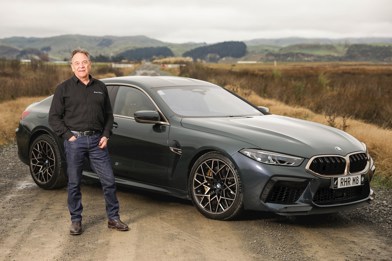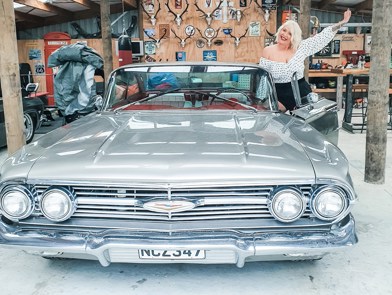DRIVE TIME: We detailed Mercedes-Benz's new GLB range recently, before we'd had a chance to drive it. Now, finally, we've gotten behind the wheel.
Two weeks. That’s how long it took me to get familiar with Merc’s electronics and driving aids and features and extras. Some cars are just easy to get in and get comfortable, but the Merc isn’t like that. It’s European, so there’s the left-side indicator aspect to retune the muscle memory into, and the shift indicator is a right stalk, that in theory works well, with a ‘Park’ button on the end, that sometimes requires more precise, more considered application: it only changes gear when the brake pedal is pressed – and in a hurried three-point turn, it will not be rushed, at times leaving the driver free-revving in neutral.
Then there’s the very smart auto high-beam headlights, that offer directional high-beaming. But there are many times when it’s outsmarted – cars coming from side streets for example – where your own high beams burst into a driver’s eyes.
See more Mercedes SUVs for sale here.
Of course there’s radar cruise control (great), lane-change assist (very good, but often beeps on straight roads with no input), and seat kinetics and interior trim colour changing (all good features). And of course the MBUX widescreen dash/multi info display, which offers a depth of information literally at your thumb and fingertips, via either the touchpad on the centre console or steering wheel. Or, of course, the ‘Hi Mercedes’ voice control, which learns the more it’s used.
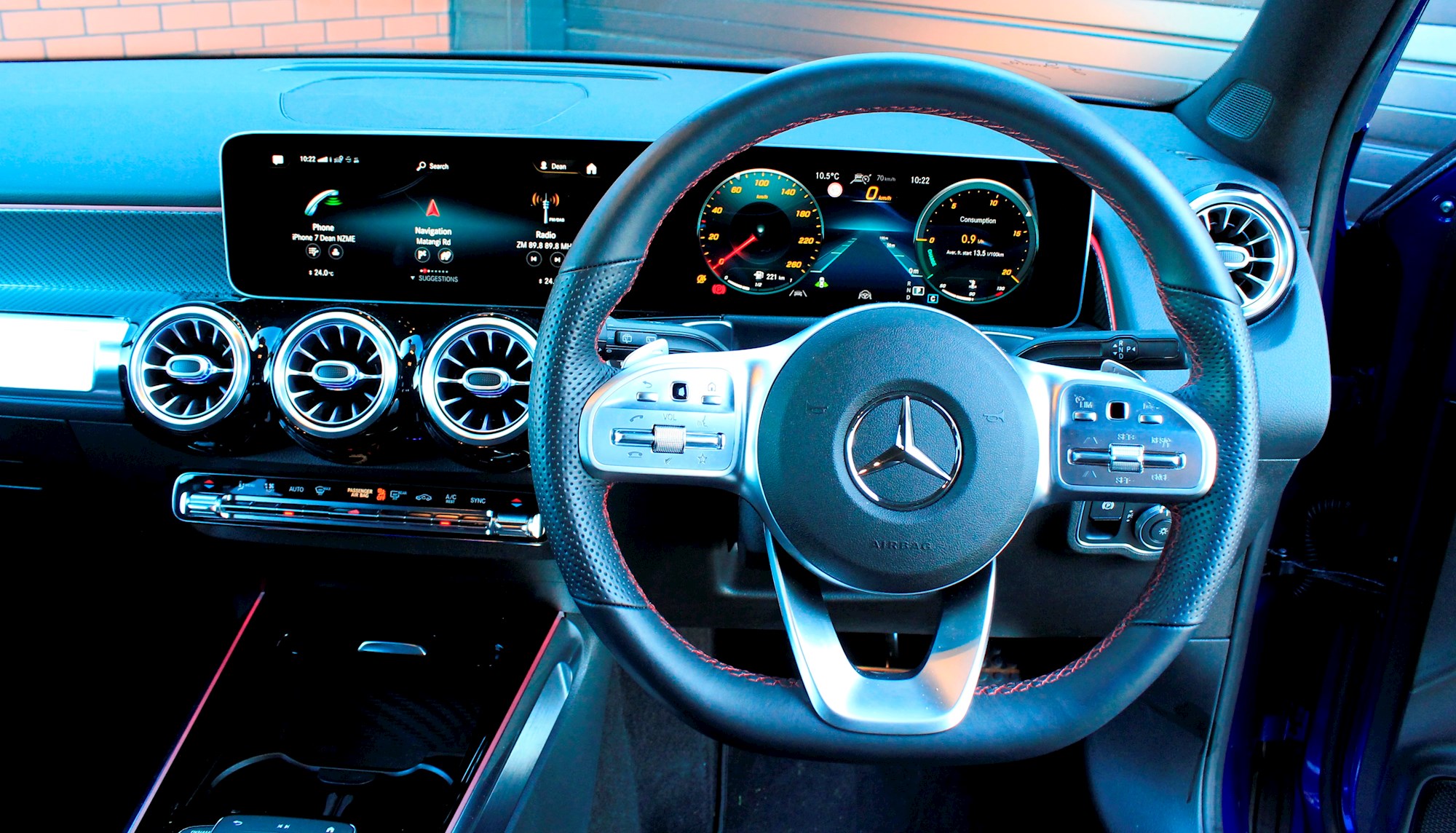
But all these features are becoming largely standard fare on Mercedes’ latest round of models, so the point is, they can be distracting for the new driver, and it took us a solid two weeks to be able to (re)acclimatise to the systems and operations, and focus on what the purpose of the GLB250 ‘drive’.
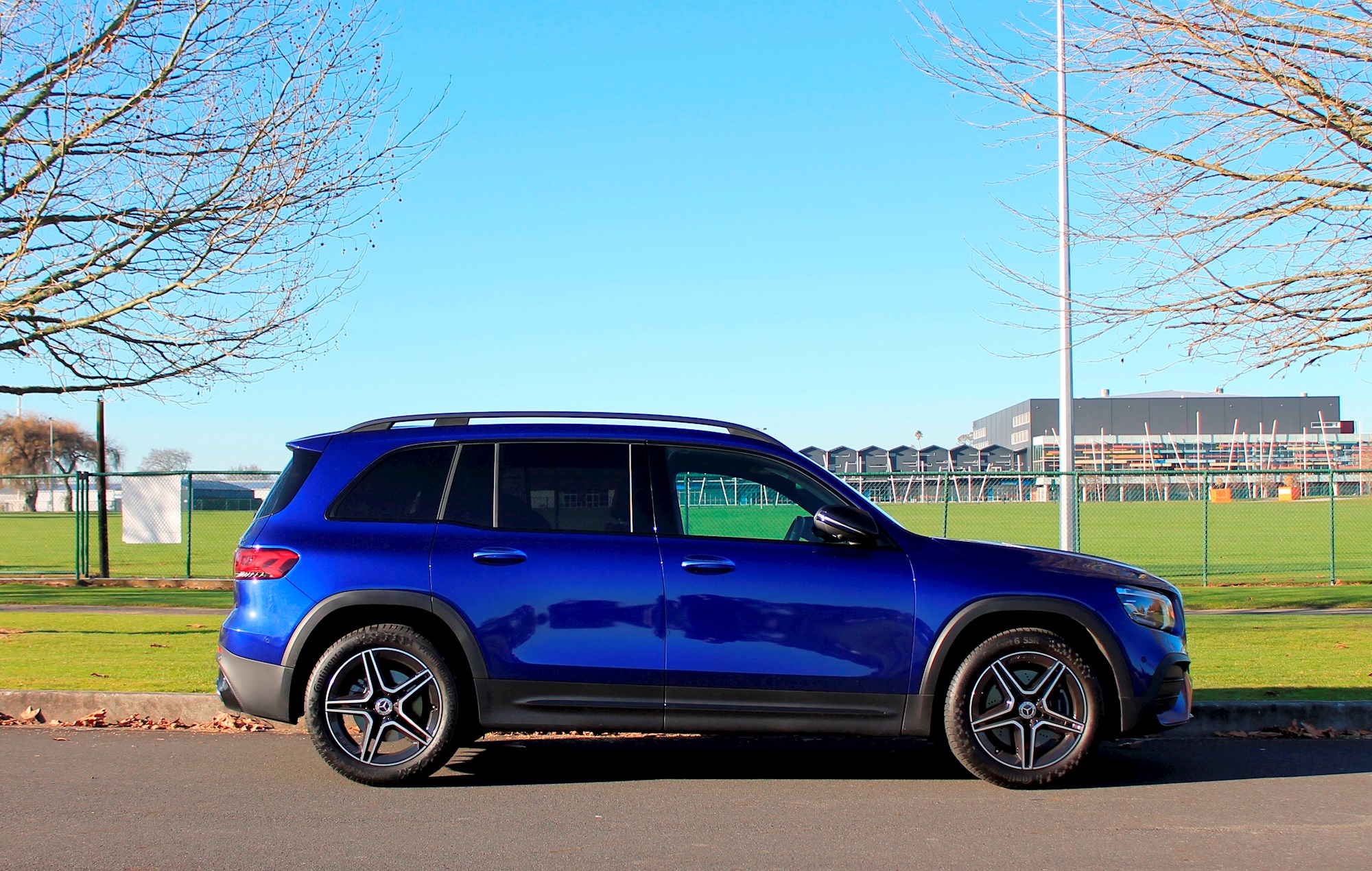
A compact seven-seat SUV is new territory that Mercedes-Benz has entered with the GLB. Fitting seven-seats in the space traditionally reserved for five isn’t always easy so it’s a matter of clever thinking and space efficiency that makes it worthwhile. And Skoda’s Kodiaq is a prime example of how to make it work.
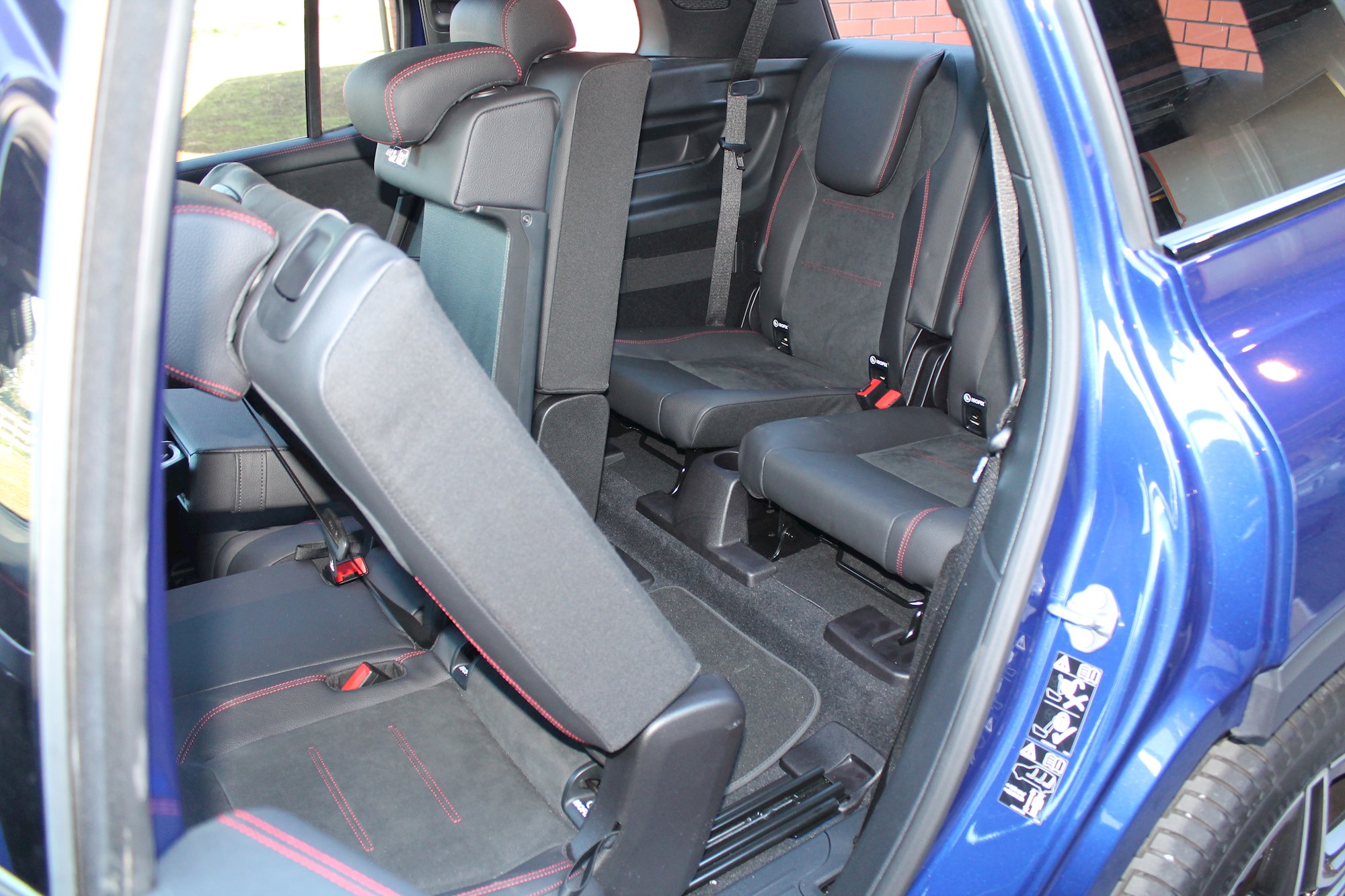
With the GLB, the premium seven-seat compact SUV market caters to a slightly more premium market for those families needing the part-time practicality of seats for seven that might not be full-time, and with exterior dimensions smaller than some of the anti-city street barges that these three-rowers often dictate. We covered the specs and rundown of the GLB in NZ in part one.
So what’s it like to drive, this new GLB? The short answer is, very much like you’d expect from a Mercedes, which both delights and doesn’t surprise… which is actually a good thing, because there’s an expectation that comes from the brand. And in this case, the reality matches the perception.
For our drive, we were paired up with two examples of the GLB 250 mid-range model, so it’s easy to think of many middle-of-the-road analogies – which is actually a good thing because the 250 is a ‘best of’, balancing the price and performance equation like so many mid-spec models do.
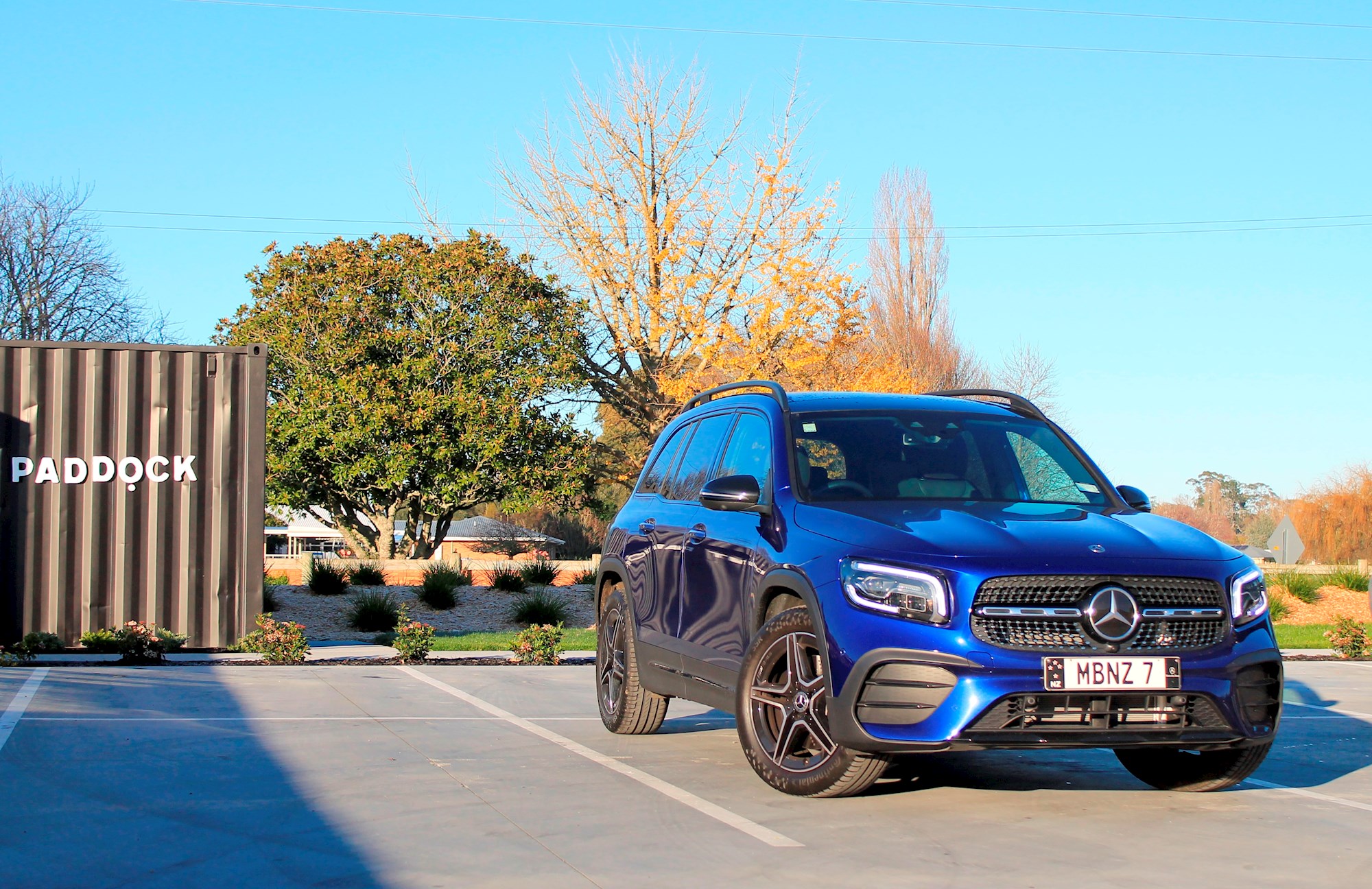
The first white model we tested had options bringing it up to $104k, including an AMG pack ($2490), metallic paint ($1490), 20-inch AMG wheels ($1990) and Sports, Driving and Assistance packages. But our blue model (pictured) was just as capable and equipped with the standard 19-inch wheels.
So if we focus on the 2.0-litre turbocharged petrol four-cylinder and its 165kW/350Nm, that’s about on par for a solid, quickish family seven-seater, the likes of Tiguan R-Line, Mazda CX-5 Takami.
The AMG is no doubt the performance hero of the GLB range, but it’s the 250 that most people will likely buy. Mercedes claims 0-100km/h in 6.9 seconds, though our tests revealed it a little slower, at 7.3 seconds, and no amount of coaxing would get it quicker. Still, it’s fast enough and never feels dull, with the engine and the eight-speed DCT gearbox rarely out of their depth, working in unison to offer on-tap power and economy.
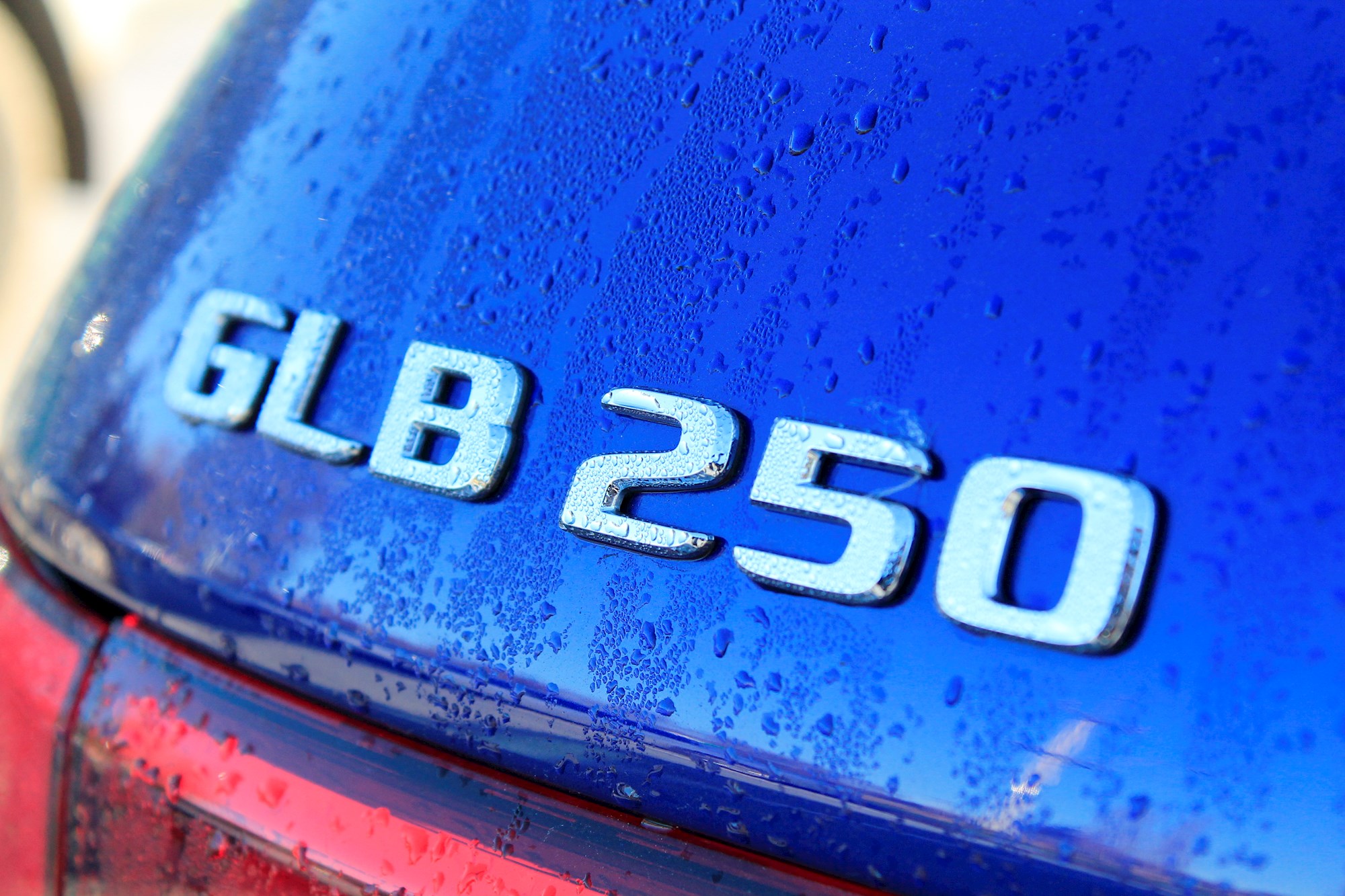
The official claim is 7.7l/100km combined, and though we saw 8.2l/100km, that included three 0-100km/h tests – start-stop eco mode is also featured and happily, these systems are becoming less intrusive/irritating each year. The need for 95 octane is also a consideration.
It’s an engine that feels lively and willing, without being aggressive and plenty fast for the school run or weekend adventure.
The beauty of the third row is its pair of Isofix mounting points, a rarity in seven-seaters, that allows capsules or boosters seats to quickly and securely attach/detach. There isn’t a huge amount of cargo space with the third row raised, but this is a compact do-it-all seven-seater after all.
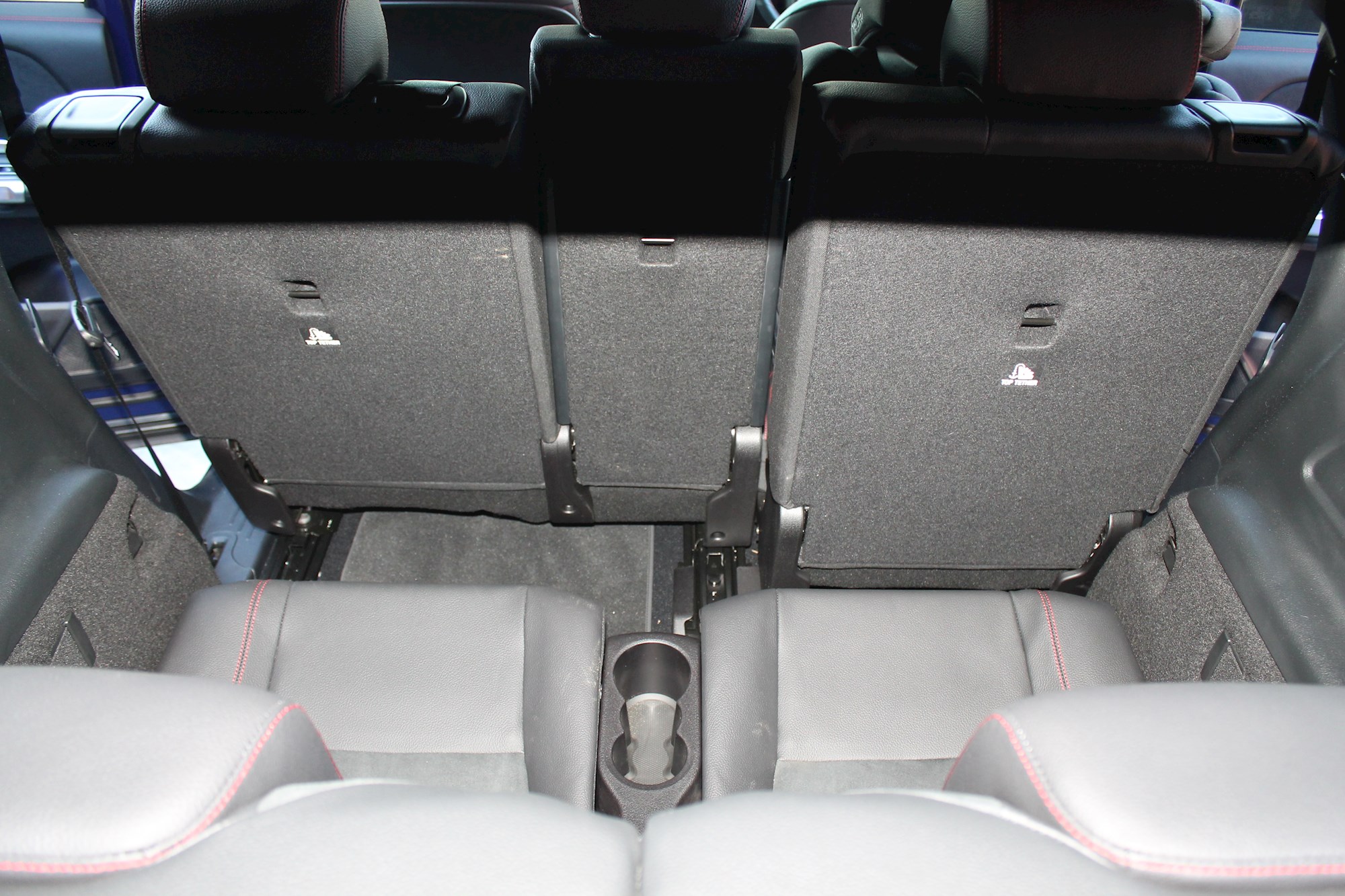
Seating is OK in the third row for adults for short distances, even six-footers, but it’s the leg/foot room that’ll start the complaints first. Children up to teens is the intended age/height for the third row, or 5ft-5in adults. Plus there are USB-C ports and cup-holders each side.
With the third row stowed, it’s fairly cavernous and adds to the functionality with 560 litres of space. Second row is spacious and offers sliding seats to maximize the space available for whomever deserves/complains about it most.
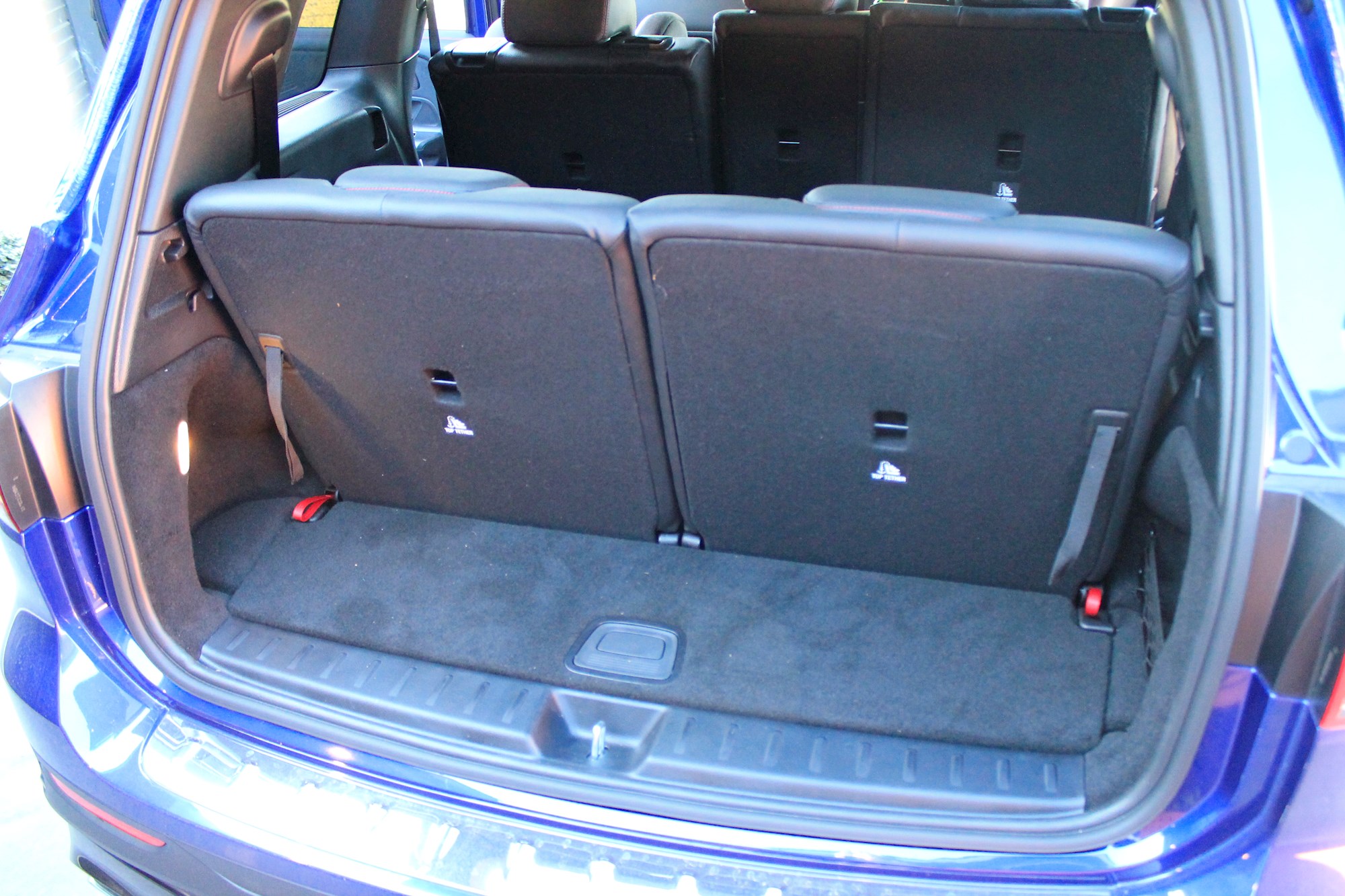
The upright, squarish stylish may not gel with all eyes, but it helps both vision and space, and though the GLB looks a little smaller in person that photos suggest, it’s a half-a-class larger inside.
As a family with three kids, we’d been keenly waiting for the GLB to see how well it suits a typical target market family, and after our two weeks and close to 1000km, we discovered a very solid SUV and a very good seven-seater for those wanting the interior benefits without the exterior bulk.
That it drives this well is the icing on the cake, though given its reserves of speed, it does make me wonder how good the GLB 200 is with its 1.4 turbo front-drive powertrain. At $78,900, that's an appealing way into a Mercedes seven-seat SUV. Maybe that's a test drive for another day.
















